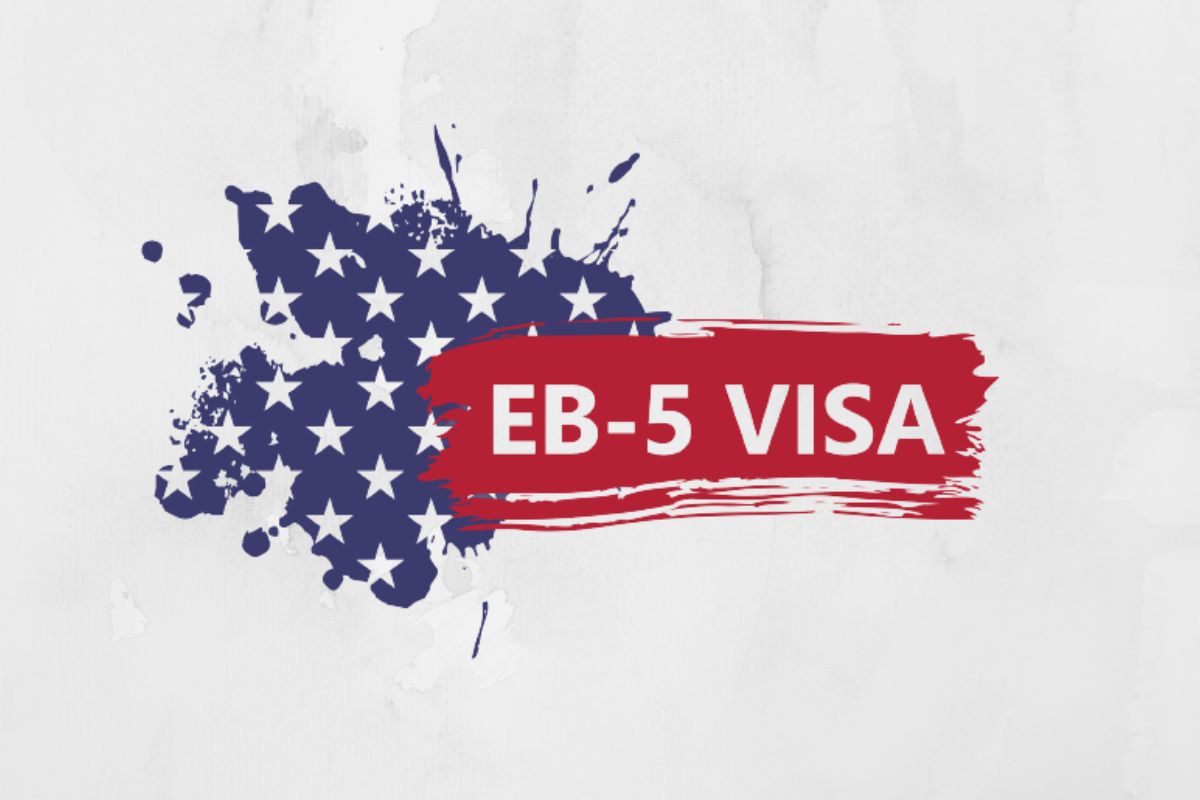Thousands of foreign workers in the United States have recently been laid off as a result of the pandemic’s economic impact. Unfortunately, these workers face deportation because the H1-B visa regulations require them to find new jobs within 60 days of their termination.
As the immigrant’s sponsor, the termination of the immigrant’s employment terminates their legal status in the US. This problem will primarily affect Indians, who are the primary beneficiaries of the H1-B programme.
However, recent reports indicate that the EB-5 visa is becoming more popular as an immigration option. According to Layoffs.fyi, 103,767 people will be laid off globally in 2023 alone, making the EB-5 visa an option worth considering for foreign nationals who may be at risk of deportation.
What is an EB-5 visa?
The EB-5 visa, also known as the “immigration-by-investment” visa, allows eligible immigrants to become lawful permanent residents in the US by investing a particular amount of capital in a business that will employ at least 10 American workers.
Also Read: US Visa: Online Petition to Extend Grace Period for H-1B Visa Holders
Eligibility Criteria for US EB-5 Visa
To be eligible for an EB-5 visa, an immigrant must meet the following criteria:
1. Investment: The immigrant must invest a minimum of $1,050,000 in a business that will employ at least ten American workers. This amount can be reduced to $800,000 if the investment is made in a qualifying infrastructure project or targeted employment area (TEA). A TEA is an area with a high unemployment rate or a rural area.
Investments can also be made in a US Citizenship and Immigration Services (USCIS)-designated Regional Center that pools EB-5 investments into qualifying, job-creating projects.
2. Job creation: The investment must create or preserve at least 10 full-time jobs for qualified U.S. workers within two years of the immigrant’s admission to the United States as a Conditional Permanent Resident.
3. Lawful source of funds: The investment funds must be lawfully acquired, and the immigrant must provide evidence to prove that the funds are from a lawful source.
4. Admissibility: The immigrant must not be inadmissible to the United States on grounds such as criminal or security reasons.
5. Intent to reside: The immigrant must demonstrate an intent to reside permanently in the United States.
How is the EB-5 different from an H1-B visa?
The H1-B visa requires immigrants to find a new employer within 60 days of job termination to avoid deportation. In contrast, there is no such requirement under the EB-5 visa.
Furthermore, an H1-B visa requires a sponsor, typically an employer, for the immigrant. No such sponsorship is required for an EB-5 visa.
Additionally, an H1-B visa is only granted if a company in the US has employed the immigrant, and there are educational or professional qualifications required. In contrast, there are no such requirements for an EB-5 visa.
Investors who obtain an EB-5 visa also have more flexibility. They can live and work anywhere in the US and are not required to live by their investment or be involved in its day-to-day management.
An investor’s spouse and unmarried children under the age of 21 can also qualify for green cards under the EB-5 investor’s application, whereas this is not possible under the H1-B visa.
Bottomline
With the H1-B visa posing risks of deportation for immigrants in the US, the EB-5 visa is emerging as an alternative for eligible investors seeking to become lawful permanent residents. While the H1-B visa requires a sponsor and employment in the US, the EB-5 visa offers greater flexibility and requires investment in a job-creating business.
Follow and connect with us on Facebook, Twitter, LinkedIn, Instagram and Google News for the latest travel news and updates!





